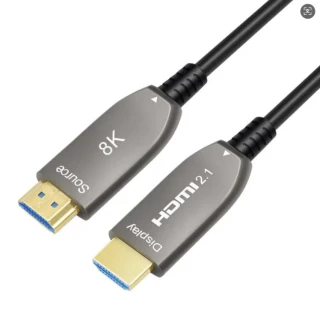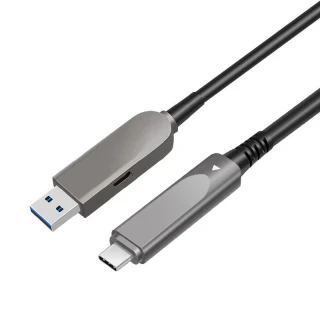Electrical Cables
Shop for various Electrical Cables from over 2 suppliers world wide. Browse a large selection of Video Cables
Frequently Asked Questions
What are electrical cables?
Electrical cables are a type of wire that is used to transmit electrical power or signals from one point to another. They consist of one or more conductors, usually made of copper or aluminum, that are insulated with materials such as PVC, rubber, or silicone.
What is the difference between a cable and a wire?
In general, a wire is a single conductor, while a cable is a collection of wires or conductors that are bundled together in a sheath. Cables are used to transmit higher amounts of electrical power or signals over longer distances than individual wires.
What is the difference between AC and DC cables?
AC (alternating current) cables are designed to carry electrical power that constantly changes direction, such as the power that is supplied by the electric grid. DC (direct current) cables, on the other hand, are used to carry electrical power that flows in one direction, such as the power that is supplied by batteries or solar panels.
What are the different types of electrical cables?
There are many different types of electrical cables, including power cables, communication cables, coaxial cables, twisted pair cables, and fiber optic cables. Each type of cable is designed for a specific application or use case.
What is the voltage rating of a cable?
The voltage rating of a cable is the maximum voltage that the cable can safely carry without breaking down or causing a short circuit. The voltage rating is determined by the insulation material and the thickness of the insulation layer.
What is the current carrying capacity of a cable?
The current carrying capacity of a cable is the maximum amount of electrical current that the cable can safely carry without overheating or causing a fire hazard. The current carrying capacity depends on the cross-sectional area of the conductor and the insulation material.
What is the difference between shielded and unshielded cables?
Shielded cables are designed to reduce electromagnetic interference (EMI) and radio frequency interference (RFI) from other electrical devices or cables. They have a metal or foil shield around the conductors that helps to block unwanted signals. Unshielded cables do not have this protective layer.
What is the maximum distance that a cable can transmit a signal?
The maximum distance that a cable can transmit a signal depends on the type of cable, the signal frequency, and the level of attenuation or signal loss that occurs over distance. For example, fiber optic cables can transmit signals over much longer distances than copper cables due to their low signal attenuation.
Can electrical cables be recycled?
Yes, many types of electrical cables can be recycled, including copper and aluminum cables. The recycling process involves stripping the insulation from the cables and then melting down the metal conductors for reuse.
What is the difference between solid and stranded cables?
Solid cables have a single, solid conductor that is typically used for permanent installations. Stranded cables, on the other hand, have multiple small strands of wire that are twisted together to form a single conductor. Stranded cables are more flexible and are often used in applications where the cable needs to be bent or moved frequently.
FindLight offers a comprehensive selection of high-quality electrical cables for industrial and scientific applications. With a wide range of power cables, data cables, and more, our catalog provides detailed product information and comparison tools to help you find the perfect cable for your needs. Shop our selection today and power your next project with confidence.

